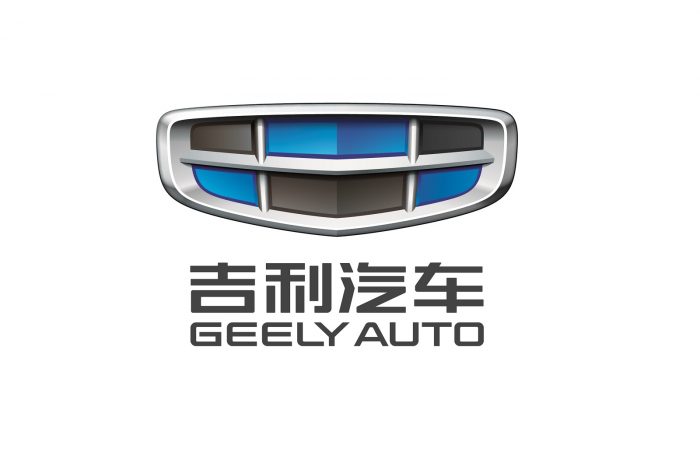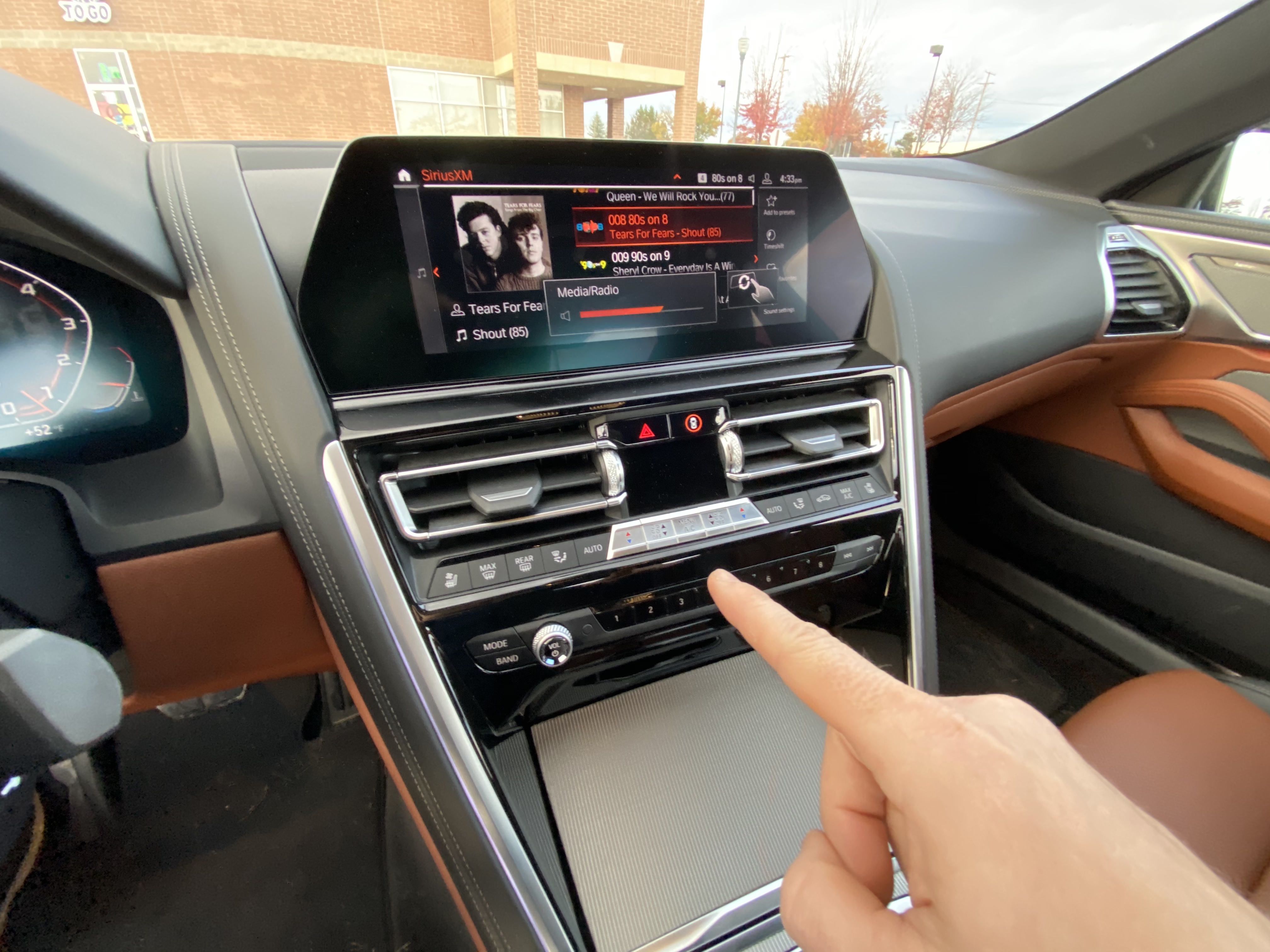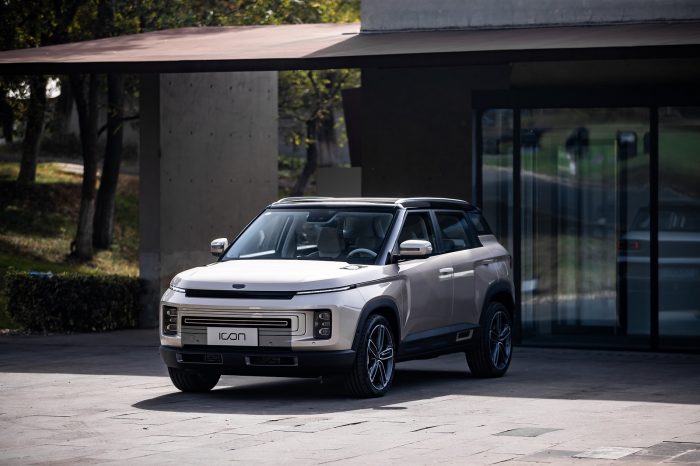Volvo is to use blockchain technology to help it trace the provenance of the cobalt used in its electric cars, like the XC40 Recharge. Cobalt is a vital component for the batteries in electric cars, as well as smartphones and laptops. But with around 60 per cent of the world’s cobalt coming from the Democratic… Continue reading Volvo uses blockchain tech over cobalt ethics supply concerns
Tag: Geely
Geely Automobile Holdings Sales Volume For October 2019 Was 130,180 Units
2019 November 06, Hong Kong. Geely Automobile Holding Limited (Group) announced that the total sales volume of the Group (including the sales volume of LYNK & CO-branded vehicles sold by the Group’s 50%-owned joint venture) for the month of October 2019 was 130,180 units, an increase of approximately 1% from the same period last year… Continue reading Geely Automobile Holdings Sales Volume For October 2019 Was 130,180 Units
Volvo Cars to trace battery cobalt using blockchain technology
STOCKHOLM, Nov 6 (Reuters) – Volvo Cars said on Wednesday it will make the cobalt used in its batteries globally traceable using blockchain technology, following an agreement with its two battery suppliers, China’s CATL and South Korea’s LG Chem. Volvo, owned by China’s Geely Holding, has lined up deals with CATL and LG Chem covering… Continue reading Volvo Cars to trace battery cobalt using blockchain technology
Uber’s Self-Driving Car Didn’t Know Pedestrians Could Jaywalk
The software inside the Uber self-driving SUV that killed an Arizona woman last year was not designed to detect pedestrians outside of a crosswalk, according to new documents released as part of a federal investigation into the incident. That’s the most damning revelation offered up in a trove of new documents related to the crash,… Continue reading Uber’s Self-Driving Car Didn’t Know Pedestrians Could Jaywalk
AEye Team Profile: Ove Salomonsson
On October 30th, AEye’s Sr. Director, LiDAR Product Architect, Ove Salomonsson, will speak at two sessions during SAE Innovations in Mobility in Novi, Michigan: Using Intelligent Sensing to Achieve Accurate, Fast Perception and Bringing Intelligence to the Edge.
Ove Salomonsson has 30+ years of experience in engineering of automotive safety electronics. He came to AEye from Lucid, where he was director of Autonomous Driving and ADAS. Before that, he led long range ADAS system development at Magna Electronics and directed technology development at Autoliv Electronics, where he was also General Manager for the Night Vision camera division. Salomonsson was also VP of Traffic Systems at Saab Systems and in DSRC (V2V) at Saab Combitech. He began his career at Volvo, where he managed safety technology projects. Salomonsson holds a BSC in Innovation Engineering from the University of Halmstad.We sat down with Ove to learn about how ADAS, self-driving technologies, and perception sensors have evolved over the years, and what he misses most about Sweden.
Q: You’ve been working in ADAS and autonomy for quite some time – how have you seen these technologies evolve over the years?Radar has been around for quite some time and continues to evolve into smaller, better, and less costly sensors. In fact, cost has come down so significantly that they are now on close to every new car delivered – either providing standalone applications like cross traffic alert or blindspot detection, or as part of a larger ADAS system. However, radar is still quite limited because of its relatively low resolution and multi-path problems.
It was certainly a big deal when cameras became qualified for automotive and low cost enough to make it on to vehicles in greater volume, such as backup cameras and forward facing cameras for collision alerts. There is so much more information captured in a camera image than by radar, and the resolution nowadays has increased up to 8 megapixel. However, the costly and energy consuming AI compute portion of ADAS and AV systems will still need time to catch up to that amount of information rushing into the AI algorithms.
Based on recent test information from AAA, performance is still flawed in automatic emergency braking (AEB) systems, which highlights the importance of LiDAR. LiDAR is the final sensor modality that is needed to make ADAS systems (and eventually full autonomy) work effectively in all conditions. LiDAR is more deterministic by nature, as it can detect and measure the distance to all objects. And with an agile LiDAR, such as AEye’s iDAR, this can be done incredibly fast with the added ability to classify objects and determine their velocity.
Q: How have perception sensors for AVs evolved during this time?I have seen this evolution take place from both the OEM and Tier 1 point of view. However, the most important part is end-customer and societal benefits, such as a reduction in automotive accidents. The lowering of costs and increased capability in terms of resolution and Field-of-View has meant that new applications have been created, expanded upon, and deployed in the market. The list of driver assistance systems is growing: from lane departure warning, forward collision warning, and automatic high beam assist systems to newer features like front and rear automatic emergency braking (AEB) and adaptive cruise control (ACC) with lane following.
With improved sensors and perception algorithms, the focus has now shifted to allowing “hands off” the wheel and, more recently, “eyes off” the road under certain conditions. This happens to be the first (and most challenging) step towards true autonomy since responsibility is transferred to the vehicle for at least some amount of time. Any time we allow the driver to hand over driving tasks to the vehicle, it also becomes important to constantly monitor the driver’s awareness in case there is a need to transfer control back. For example, driver monitoring cameras have been introduced in certain circumstances.
However, perception sensors still need to achieve enough redundancy for autonomous driving systems to be able to “fail operationally.” For example, in a truly autonomous vehicle, the passenger may be sleeping, and the vehicle will have to be able to continue to drive by itself, say, if the camera loses power or a bird hits the windshield right in front of the camera. The vehicle still needs to be able to operate for a certain time period (or until it reaches a safe place to stop) using LiDAR and radar together.
The last and most important piece of the puzzle needed to provide enough redundancy for these systems to “fail operationally” (and also cover additional edge cases) is indeed LiDAR. LiDAR’s deterministic range measurements, high resolution, and low light capability makes it a great complement to both radar and camera.
Q: You grew up in Sweden! What Swedish traditions (holidays, foods, activities) do you miss most here in the States?I moved to the US almost 25 years ago, but I still go back to Sweden at least once a year to celebrate Midsummer.
What I miss the most is Swedish chocolate and fresh seafood, including Sweden’s wide variety of marinated herring. And, believe it or not, Sweden is home to an exquisite kebab pizza (not a Viking tradition, but rather, a new delicacy).
By the way, did you know that one of Sweden’s biggest exports is music? ABBA, of course, ruled the seventies; Roxette the eighties, Robyn and the Cardigans the nineties; and, more recently, Tove Lo and Zara Larsson. Even Spotify is Swedish!
—–
Connect with AEye at SAE Innovations in Mobility.
AEye Team Profile: Ove Salomonsson —AEye’s New AE110 iDAR System Integrated into HELLA Vehicle at IAA in FrankfurtAEye Wins Award for Most Innovative Autonomous Driving Platform at AutoSens BrusselsAEye Team Profile: Jim RobnettAEye Adds VP of AI and Software to Executive TeamAEye: Developing Artificial Perception Technologies That Exceed Human PerceptionAEye Redefines the Three “Rs” of LiDAR – Rate, Resolution, and RangeAEye Extends Patent Portfolio, Creating Industry’s Most Comprehensive Library of Solid-State Lidar Intellectual PropertyAEye Expands Business Development and Customer Success Team to Support Growing Network of Global Partners and CustomersUnique iDAR Features That Drive SAE’s 5 Levels of Autonomy
UPDATE 1-Uber test vehicles involved in 37 crashes before fatal self-driving incident
WASHINGTON (Reuters) – Uber Technologies Inc’s autonomous test vehicles were involved in 37 crashes in the 18 months before a fatal March 2018 self-driving car accident, the National Transportation Safety Board (NTSB) said on Tuesday. FILE PHOTO: An Uber pick-up location is pictured in San Diego, California, September 30. 2019. REUTERS/Mike Blake The board said… Continue reading UPDATE 1-Uber test vehicles involved in 37 crashes before fatal self-driving incident
LEVC CEO counts on products, new markets to lift UK-based Geely unit – Automotive News Europe
Since LEVC’s successful introduction of the plug-in hybrid TX Taxi in 2017, the UK-based unit of Zhejiang Geely Holding has struggled with costs. As a result, the money-losing producer of the iconic London black cab brought in longtime Audi executive Joerg Hofmann as its new CEO in February. Hofmann’s first job was to stabilize the… Continue reading LEVC CEO counts on products, new markets to lift UK-based Geely unit – Automotive News Europe
BMW’s magical gesture control finally makes sense as touchscreens take over cars
BMW has been equipping its cars with in-air gesture control for several years and I never paid attention to it. It seemed redundant. Why wave your hand in the air when there’s dials, buttons, and touchscreens to do the same? Until this week, that is, when took delivery of a BMW 850i loaner equipped with… Continue reading BMW’s magical gesture control finally makes sense as touchscreens take over cars
Kandi Technologies Announces Two New Pure Electric Community Vehicles to be Launched in the American Market
JINHUA, China, Nov. 04, 2019 (GLOBE NEWSWIRE) — Kandi Technologies Group, Inc. (the “Company,” “we” or “Kandi”) (NASDAQ GS: KNDI), announced today that the Company has newly developed two new mini pure electric vehicle (“EV”) models. The first model is a four-wheeled mini pure EV. The second model is a three-wheeled mini pure EV. These… Continue reading Kandi Technologies Announces Two New Pure Electric Community Vehicles to be Launched in the American Market
Geely ICON Publicly Unveiled
2019 October 30, Nanjing. Geely Auto’s (Geely) second B-Segment Modular Architecture (BMA) based SUV, ICON was unveiled to the media at a design seminar in Nanjing. Retaining much of the design seen on the well-received Geely’s Concept ICON shown at the 2018 Beijing Auto Show, ICON explores the limits of Geely’s design language and showcases… Continue reading Geely ICON Publicly Unveiled



